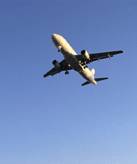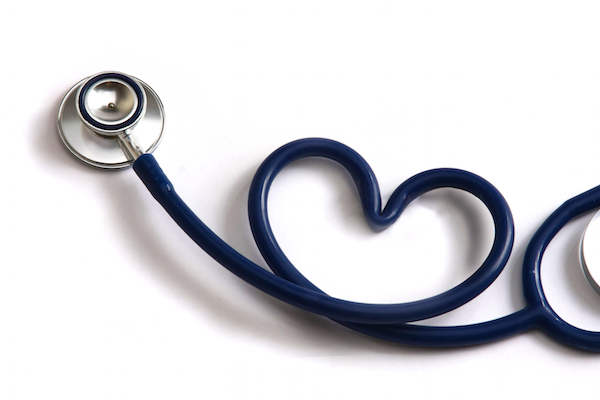
WEDNESDAY, May 29 (HealthDay News) — Medical emergencies occur daily on commercial airline flights, and physician passengers end up providing assistance during nearly half of such midair incidents, according to a new study.
Combing through records of nearly 12,000 in-flight medical emergency calls from five commercial airlines, researchers found that one emergency occurred for every 604 flights, but only 7.3 percent of such flights required a diverted landing to an alternate destination.
Dizziness or fainting were the most common midair medical problems, followed by respiratory symptoms, nausea or vomiting, and heart symptoms. Ill fliers ranged in age from 2 weeks to 100 years.
“Most medical emergencies can be handled with a simple onboard medical kit, and often a health care provider is on board,” said study author Dr. Christian Martin-Gill, an assistant professor of emergency medicine at University of Pittsburgh School of Medicine. “And in all situations we describe, there was consultation with a ground-based physician with experience with in-flight emergencies. This allowed us to gain a very wide view of the types of emergencies encountered on aircraft, and specifically what the outcomes are for passengers.”
For the study, published May 30 in the New England Journal of Medicine, Martin-Gill and his colleagues examined records of in-flight medical calls over nearly three years from five domestic and international airlines to University of Pittsburgh Medical Center’s STAT-MD Communications Center, a 24-hour, physician-directed command center.
Most of the passengers treated in-flight had favorable results. One-quarter were transported to a hospital after landing, about 9 percent were admitted and only 0.3 percent died either onboard the aircraft or during transport to a hospital. The most common causes for hospital admission were stroke, respiratory or cardiac symptoms.
In addition to the 48 percent of emergencies attended to by physician passengers, medical professionals such as nurses provided help in another 28 percent of cases, the investigators found.
Dr. Paulo Alves, president of the Airlines Medical Directors Association, praised these good Samaritans for their contributions. “We’re thrilled that medical personnel have an avid interest in learning and volunteering during in-flight medical events,” said Alves, who was not involved in the research. “Their assistance and support is of great value to the flying public, airlines, crew members and the ground-based medical staff.”
Martin-Gill said the research underscored the notion that most midair medical emergencies can be managed by flight attendants, who are trained in emergency protocols and have access to a U.S. Federal Aviation Administration-required emergency medical kit. Ground-based physician consultants provide additional guidance, he said, and assist the crew in determining if the plane requires diverting.
“What we hope to do is gain a better understanding of how we can manage specific emergencies,” Martin-Gill said. “On a national scale, certainly we would support an evidence-based look at what should be included in the contents of medical kits.”
More information
The American College of Emergency Physicians offers advice on preparing for in-flight medical emergencies.

